No matter how the "advanced" vehicle would be, the most important parameter is safety. It is this criterion that it is necessary to pay special attention, and not different modifications and power of the force aggregate. The anti-slip system gives the machine "confidence" on the road during the throat of holes, sharp turns and so on.
Content
Anti-slip system that is
The anti-slip system is a special modification that reduces the sliding of the vehicle to zero, i.e., improving adhesion with road web. Thanks to this system, the car does not enter with a sharp acceleration or braking, as well as on slippery or soil road surface. Thus, this system prevents emergency situations. Depending on the manufacturer, the system may be called differently, but its options remain unchanged.
Anti-slip system, principle of operation
The principle of operation of the anti-passing system is quite simple: by interacting with the engine control system, the slip control system does not allow the front wheels to slip at any vehicle speed.
- The system controls the torque transmitted to the wheels.
- Controls the brake system of the front wheels.
- Blocks differential if there is such.
The vehicle speed information goes to the main computer. Sensors are "responsible" for the timely receipt of information. They are observing the frequency of rotation of the wheels, and determine the dynamics of overclocking. If at least the slightest slip of even one wheel is detected, the system reduces the number of motor revolutions.
Also with the help of electromagnetic valves, increasing pressure in the brake system, it can suspend that or another wheel. The speed of the vehicle itself does not change. The method of eliminating slippage is determined automatically and depends on the velocity of the car movement. If it is less than 80 km / h, then the second method is used. If the first one is the first. The combination is also not excluded when two methods are applied at once.
In addition to the motion dynamics sensor, the anti-slip system applies some other devices. As a rule, the same as the emergency stop function and anti-lock brake system are needed.
Anti-slip system ASR.
ASR is the most popular reduction in the anti-slip system, which is deciphered as "automatic adjustment of slipping". But each manufacturer has the right to its discretion to change the name of the function.
The very first anti-passing systems were called mechanical differentials of increased friction. Although they were not as functional as the current, but perfectly coped with their immediate tasks, especially when driving around the countryside. These systems aligned the torque, if any of the front wheels slipped.
The electronic version of this modification first appeared by the Mercedes-BenzCl600 car in 1987. A little later, a new development inherited all the premium cars of this manufacturer. The function was created by Bosch. But the innovation needed serious improvements: it was too cumbersome and difficult on the device.
And only the nineties came out anti-slip systems in the form, in which we see them today: a solid device that is in a single case - a hydraulic unit.
Nowadays, all cars are equipped with automatic slipping adjustment system, regardless of class. Perhaps this is precisely due to this, the number of accidents declined, especially on the soil or slippery road surface.
Anti-slip system TCS.
As mentioned above, the slip adjustment system is reduced differently: TCS, DTC, ESP, TRC. Each of them is mounted on certain cars of a particular manufacturer and is the maximum "fitted" for the most efficient functioning with any other vehicle configuration.
We will analyze each abbreviation separately:
- ASR is mounted only on Mercedes, Audi, Volkswagen.
- ASC is installed only on BMW.
- DSA is used on Opel cars.
- TCS is used exclusively on Honda.
- TRC was specifically designed for Toyota.
Anti-slip system ESP.
Conditionally, you can note the two types of anti-slip systems: a device running in connection with the motor control unit, and as an independent development.
ESP consists of the following main components:
- Electronic block controller.
- Different sensors, including the steering wheel position sensor, speed sensor, pressure sensor in the brake system and so on.
It costs to say that the basic data comes from the sensor, which is located on the wheels, and from the G-sensor.
Anti-slip system TRC.
The anti-passing system is constantly "monitored" for the behavior of the vehicle, comparing with the usual ride laid in the main computer. If any inconsistencies occur, the device immediately works.
Installation is always running, without any exceptions. Whether it is a steep rise either descent, a sharp turn, a constant movement on large revs - in any case you will not "bring" or a snowdrift, nor into bushes. Naturally, the modification is not able to prevent accidents if the driver's ride manner is like racing.
Anti-slip DTC system
Some car owners complain that the anti-passing device blocks the wheels, which is why they cannot carry out certain maneuvers. In addition, the inconvenience is when trying to leave a snowdrift: the vehicle does not respond to the gas pedal. The riders generally consider this installation by the worst enemy, because with it it is unlikely to get accessed normally. Manufacturers of anti-Personal systems took into account such nuances, so if the system needs, you can turn off.
Tips Pro. How to disable the anti-slip system
Because the vehicle stops when driving is made by a computer, it can be turned off by pressing a number of buttons on the dashboard. It is impossible to say exactly what it is, because it directly depends on the car model.
Related Materials
- Stove 2110, bad warm stove 2110, VAZ 2110 heating system, repairing the heating system VAZ 2110 with their own hands
- VAZ 2114 stove blows with cold air, stove 2114, bad warm stove VAZ 2114, device and repair of heating VAZ 2114 do-it-yourself, removing the stove VAZ 2114
- How to subdominize the car. How to put a jack. Types of jacks for cars.
- VAZ 2109 Fuse Block, VAZ 2109 Fuse Block Carburetor, VAZ 2109 Fuse Block Injector, Old VAZ 2109 Fuse Block, VAZ 2109 Fuse Block, VAZ Fuse Block 2109
- Car exhaust gas catalyst, faulty catalyst, pluses and cons of the catalyst, how to change the catalyst for the planeencitel
- Stove blowing cold air VAZ 2114, badly blowing the stove VAZ 2114, why badly blowing the stove VAZ 2114
- How to find out the owner of the car by the number of his car, check the car by the number of the traffic police machine, check the car by the state number of the car for free
- How to choose Used tires, Useful Tips
- Winter car road, pressure in passenger car tires in winter, good battery for the car in winter, whether to warm the car in winter
- In winter, the car is poorly started. How to make a car in winter, do you need to warm up the car in winter, useful tips
- Economy fuel consumption machines, the most economical car consumption
- Tires brands for passenger cars, labeling of car tire labeling, residual passenger car tire protector, how to pick a tire on a car brand, car tire tread pattern
- Working transmission operation, mechanical gearbox clutch work, driving with manual gearbox, useful tips
- Rear beam Peugeot 206 sedan, rear beam device Peugeot 206. Rear beam Peugeot 206 Malfunction, repair of the rear beam Peugeot 206
- Diesel fuel in winter, additive for diesel fuel in winter, how to choose the best diesel fuel
- Diesel winter does not start. How to start diesel in winter, heating diesel in winter.
- Japanese bridgestone tires, winter studded bridgestone tires, bridgestone tires brand
- Tire marking decoding for passenger cars, labeling wheels, how to choose the right tires on the disks
- Diesel engine in winter, launch of the diesel engine in winter, what oil to fill in a diesel engine in winter, useful tips
- LED backlight of the car, the backlight of the bottom of the car, the backlight of the legs in the car, the backlight in the door of the car, the backlight of the car is fine
- Recovered tires, bus tire, restored tire protector, can I use them
- Choose winter tires, which is a winter tires, which pressure in winter tires should be marked with winter tires, how to choose the right winter tires, the best winter tires 2019
- Steering rail rail, knock of steering rack, reasons for the knock and repair of the steering rack do it yourself
- Cameless car tires, a set for repair of tubeless tires, repair of the cannon-free tire do it yourself
- Russian tires, Russian tires Winter, Russian All-season tires, Voronezh AMTEL tires, Tires "Matador Omsk Tire", Kama-tires are world-class bus
- How to open a car without a key. Lost the key from the car what to do, the key from the car inside the car
- Silent tires, quiet winter tires, quiet studded bus, which tires to choose, overview tires
- Tires and safety, safety of the bus, why it is necessary to constantly monitor car tires
- Rules of safe driving of the car in the rain and slush, safe driving of the car for beginners
- Rust converter which is better for cars, rust converters to choose how to use rust transducer, professionals
- Polishing the body of the car do it yourself, how to choose a polishing paste, useful tips
- Engine durability, engine life, how to extend engine life
- Knock in the car. Knock when moving the car. What can knock in the car. How to determine the cause of the knock.
- ABS car, what is ABS car, ABS system malfunction, ABS diagnostics
- Overtaking a car when you can start overtaking a car, rules of traffic rules
- Fuel pump VAZ 2110, VAZ 2110 gas station scheme, VAZ 2110 fuel pump device, VAZ 2110 gas station repair,
- Automotive antennas for radio, automotive antenna device, car antenna do it yourself
- Front suspension Kalina, device front suspension Kalina, knock in front suspension Kalina, repair of front suspension Kalina
- Shock absorber Oil, best oil shock absorbers, pumping oil shock absorbers, how to properly pump oil shock absorber
- Clutch malfunctions, touches clutch, causes a clutch malfunction, how to eliminate
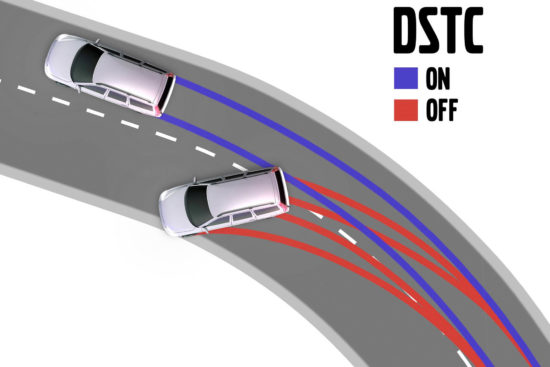
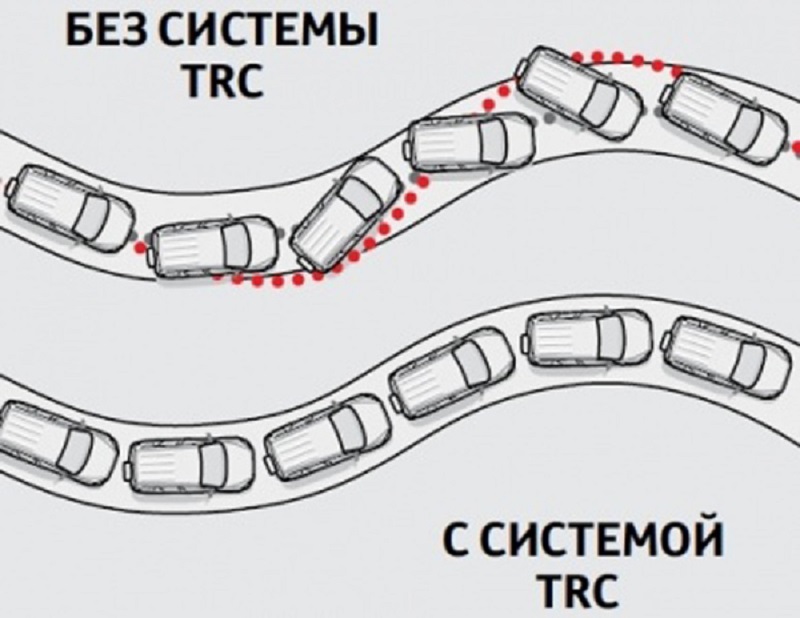

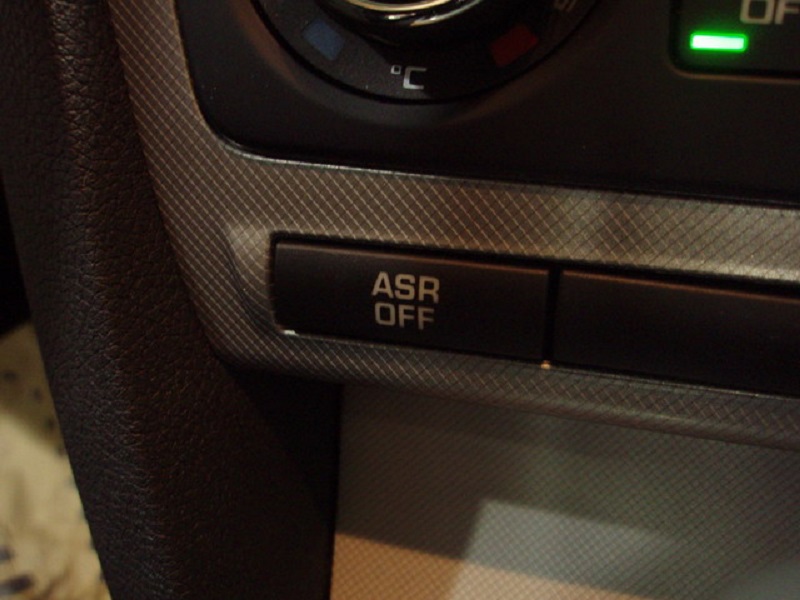
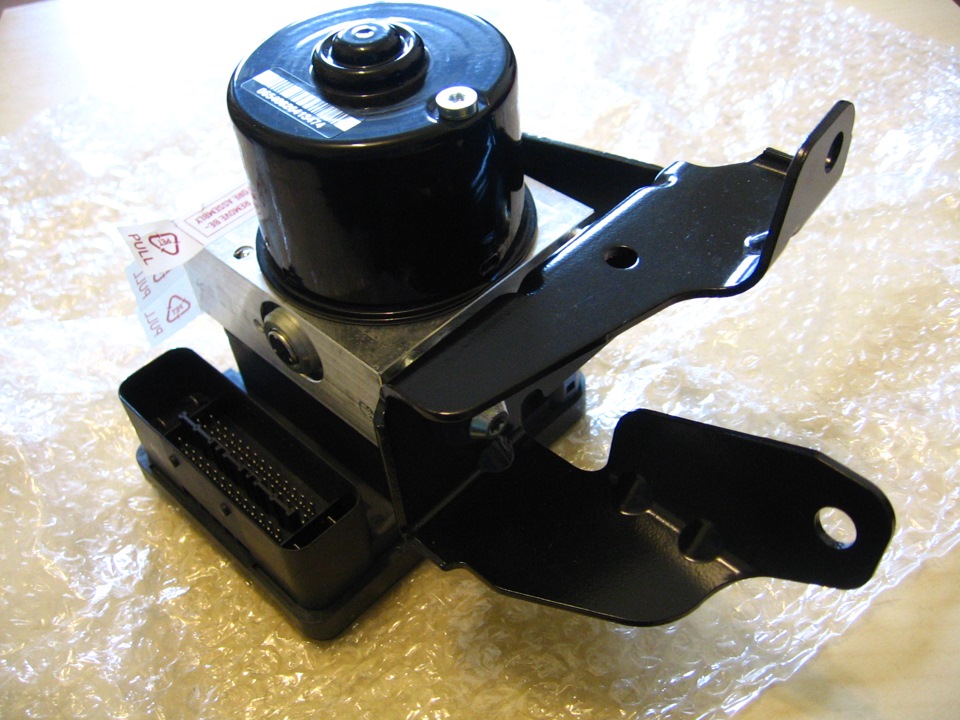
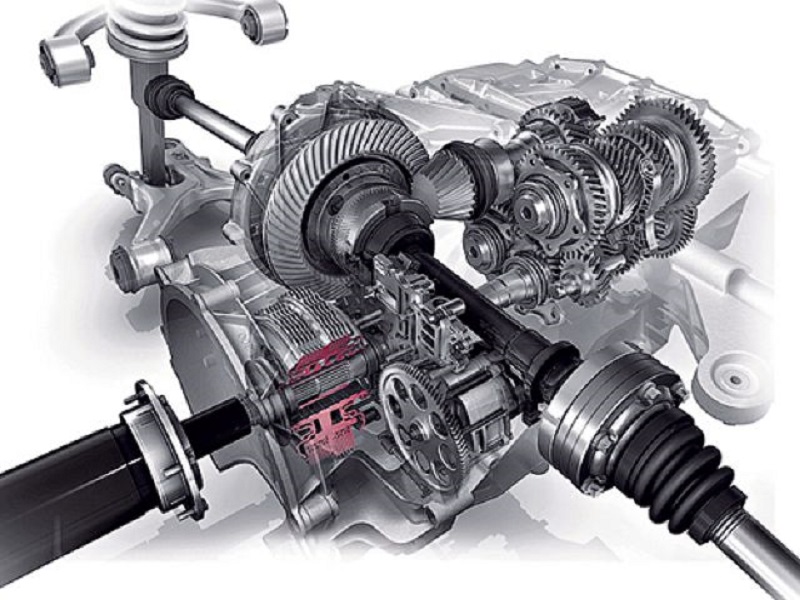
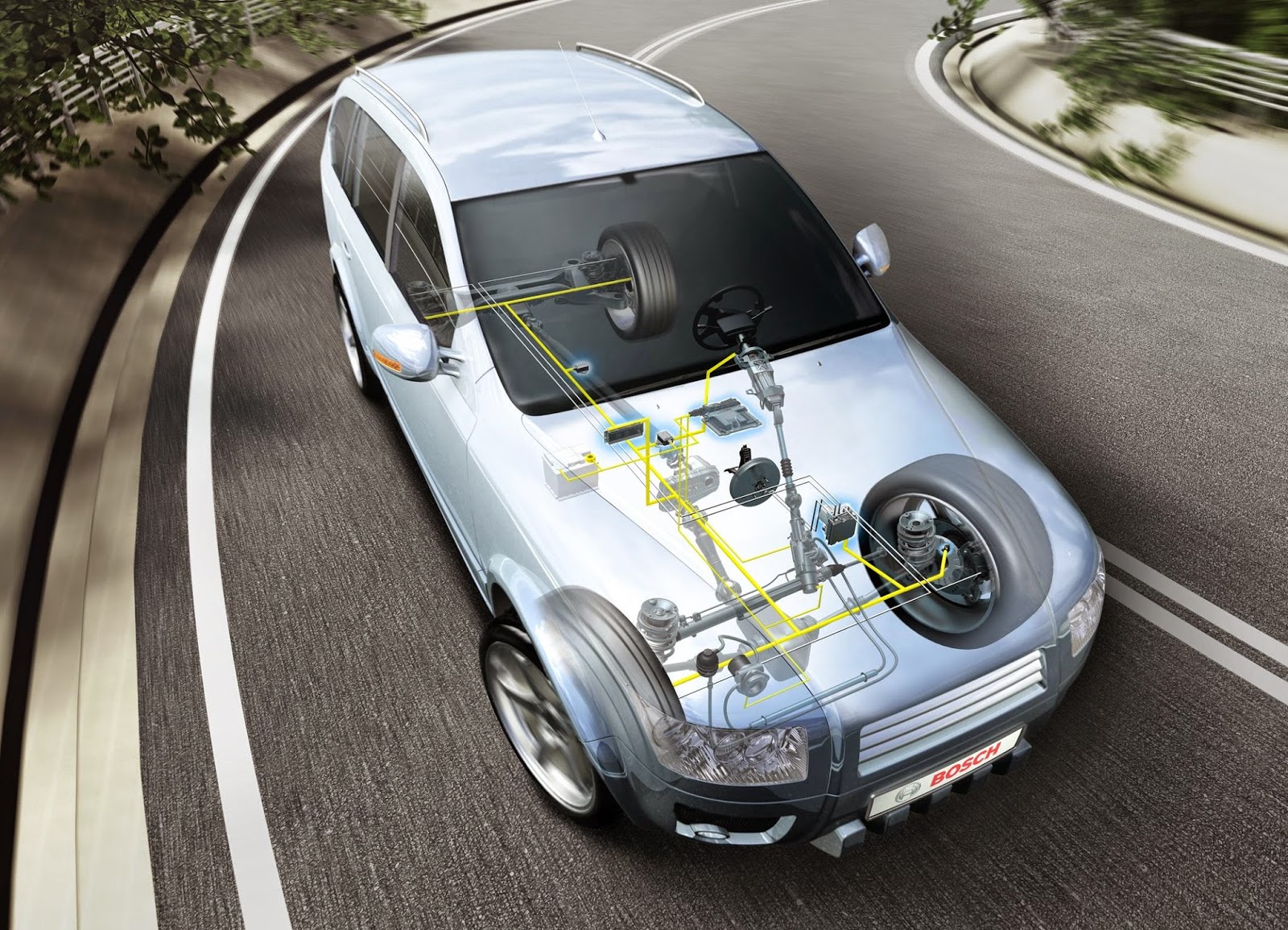
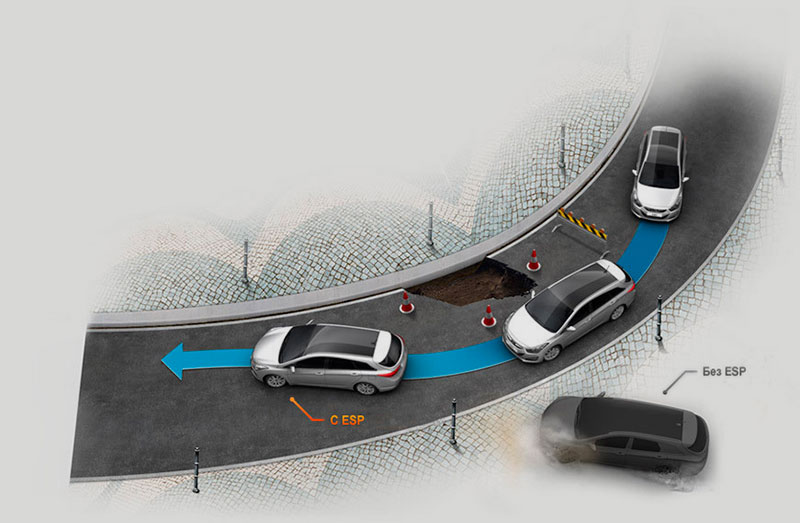
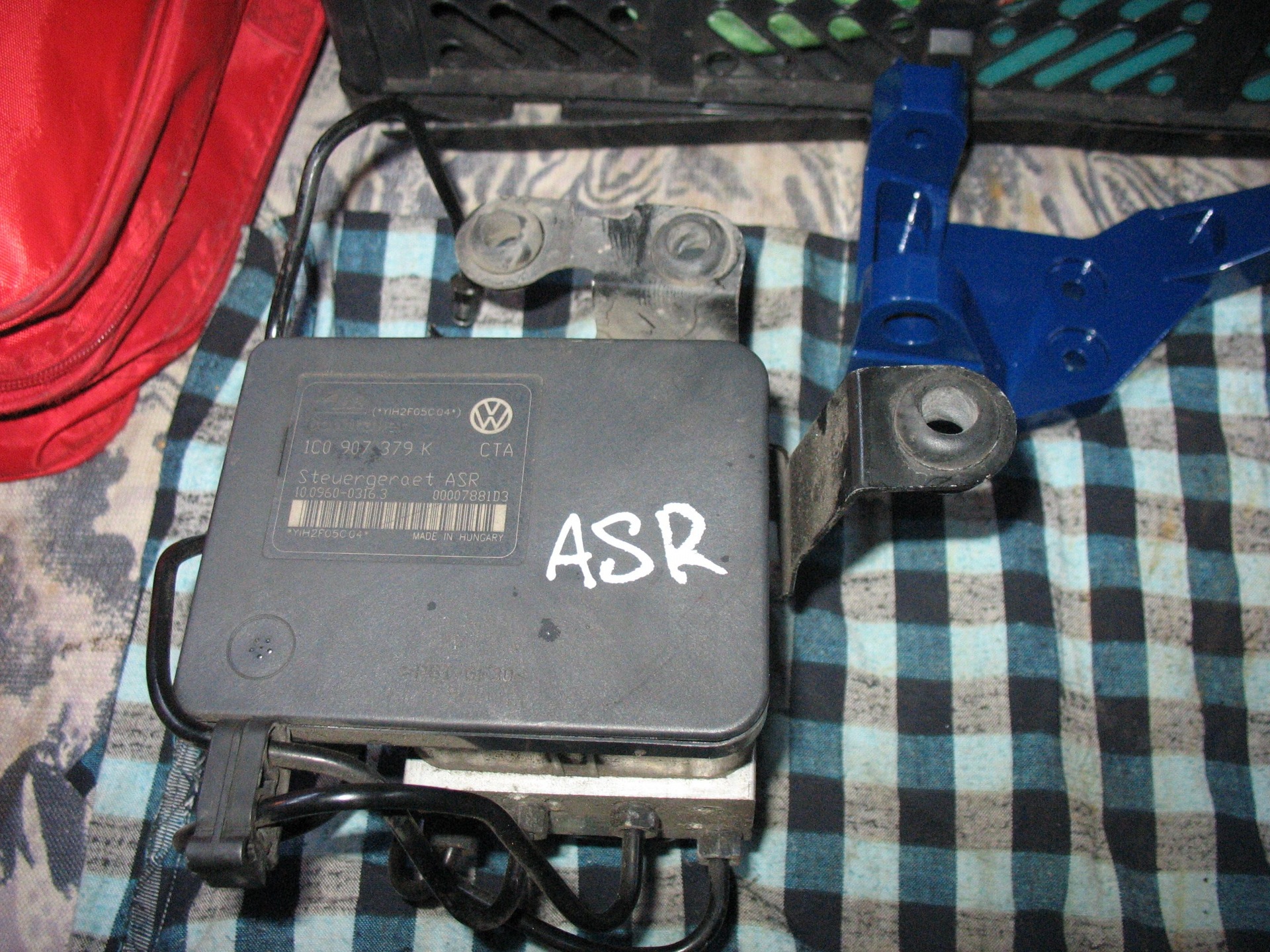
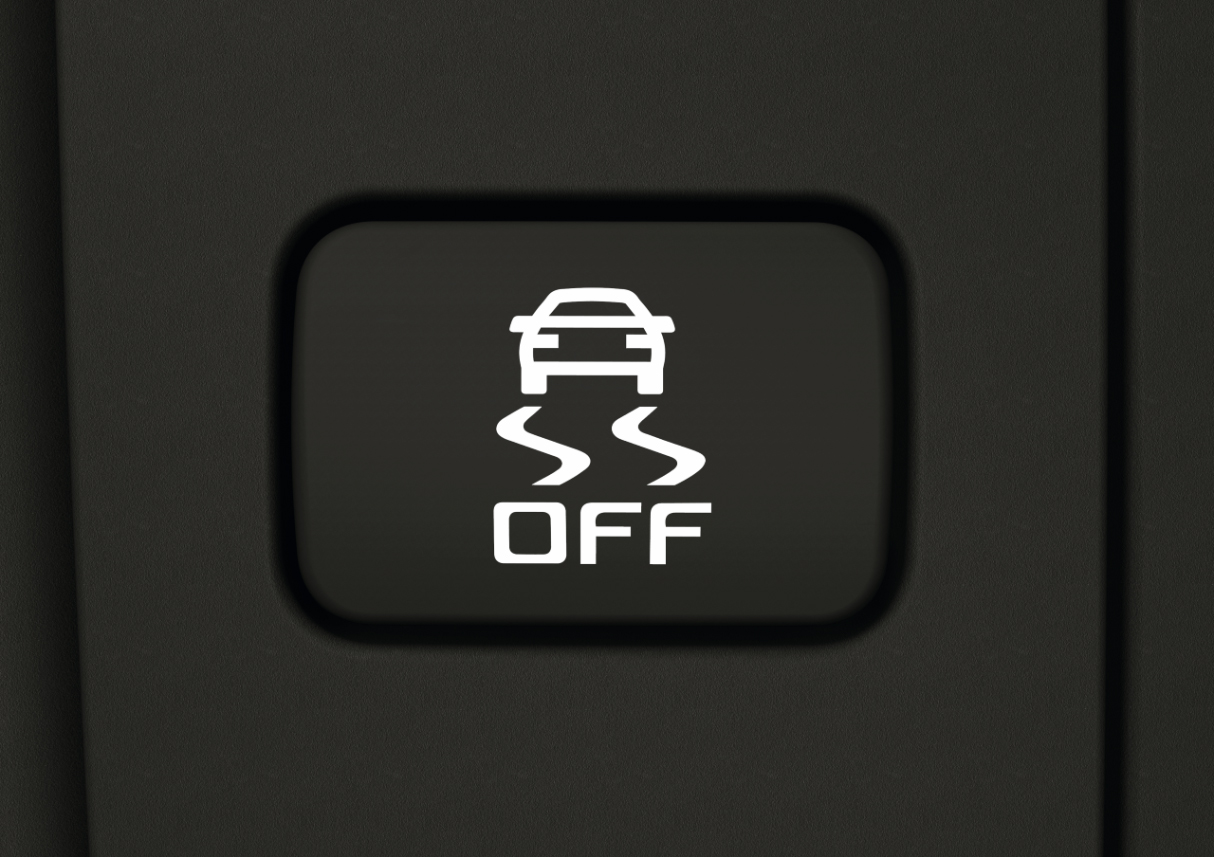






Comments